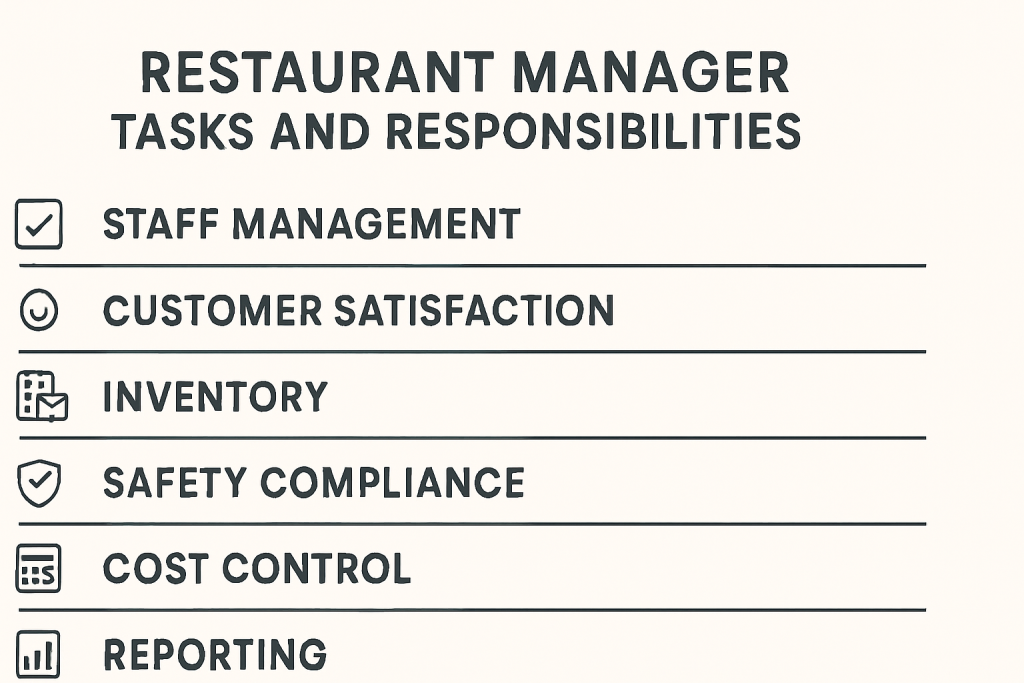If you’re familiar with the drama that happens if the customers find hair in their food then this blog is all you need to improve hygiene in your restaurant. The blog post emphasizes the importance of safety and hygiene in restaurants and provides insights into creating a comprehensive checklist to maintain high standards. Here are the top 5 factors to consider when developing a restaurant checklist for safety and hygiene:
1. Restaurant Staff Training and Education
Ensuring that your team receives proper training in food safety and hygiene is crucial. Incorporate regular training sessions into your checklist to keep employees updated on handwashing techniques, food storage guidelines, and cleaning protocols. Well-informed staff members are essential for preventing foodborne illnesses and safety risks.
2. Cleaning and Sanitization Procedures
Establish clear protocols for cleaning and sanitizing all areas of your restaurant, including the kitchen, dining spaces, restrooms, and staff quarters. Your checklist should detail the frequency and methods for cleaning surfaces, equipment, utensils, and tableware. Regular sanitization is key to preventing cross-contamination and maintaining a safe dining environment.
3. Food Storage and Handling Practices
Proper food storage and handling are fundamental in averting foodborne illnesses. Integrate guidelines into your checklist for receiving, storing, preparing, and serving food safely. Ensure to include temperature control standards, monitoring expiration dates, and strategies to prevent cross-contamination between raw and cooked foods. You also need to ensure that all the food handlers in your restaurant get typhoid vaccination.
4. Pest Control Measures
Pests can jeopardize the cleanliness and safety of your restaurant. Include pest control strategies in your checklist, such as routine inspections, sealing entry points, effective waste management, and the use of traps or baits. Proactive pest prevention measures help uphold a hygienic environment for both customers and staff.
5. Compliance with Regulations and Standards
Stay updated on the latest food safety regulations and industry standards to ensure your restaurant operates legally. Dedicate a section in your checklist to compliance requirements, such as health department inspections, permits, and certifications. Adhering to regulations showcases your dedication to maintaining a safe and hygienic establishment.
In conclusion, developing a detailed checklist for safety and hygiene in your restaurant is vital for safeguarding the well-being of your customers and staff. By focusing on staff training, cleaning procedures, food handling practices, pest control, and regulatory compliance, you can establish a solid framework for upholding cleanliness and safety standards. Consistency is key to maintaining a clean and safe environment in your restaurant. Implement these steps right now in your restaurant to avoid giving your customers food poisoning. Make them pay more at your restaurant and not in hospitals.



